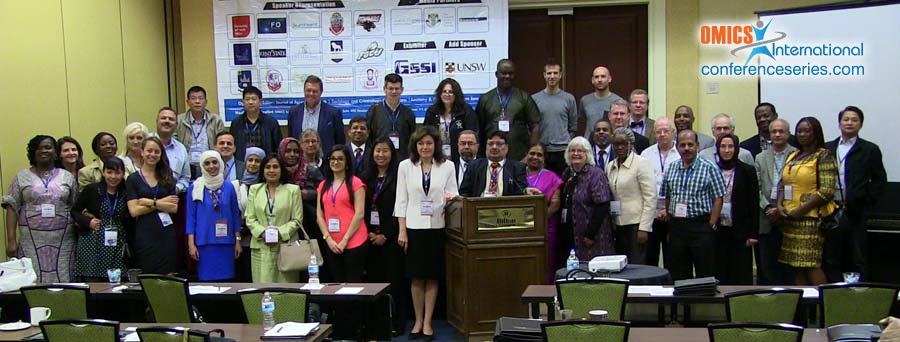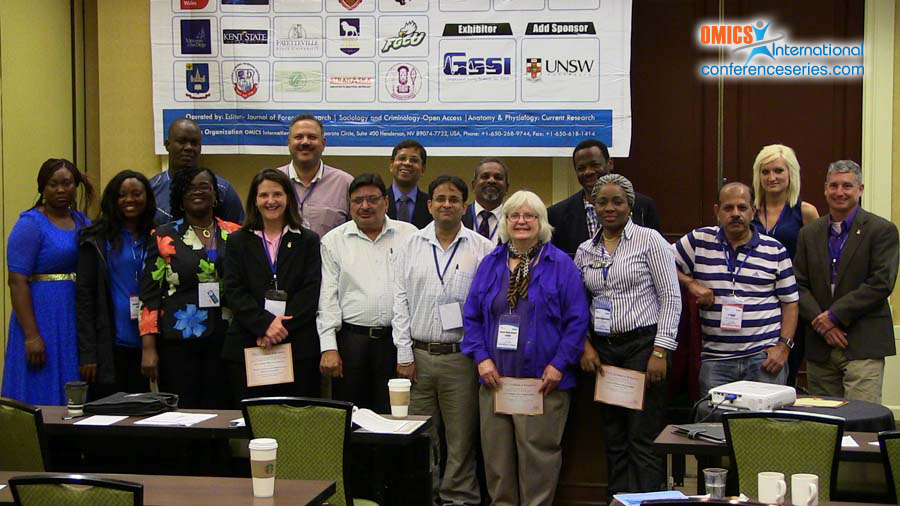
S.P. Goyal
Wildlife Institute of India, India
Title: Gap analysis in forensics using wildlife offence case records
Biography
Biography: S.P. Goyal
Abstract
The present study was undertaken to get detailed idea of scenario of wildlife crime in different states of India by using findings derived from reviewing the documentation of wildlife offence cases (>2000) referred to the Wildlife Institute of India between 1987 and 2010. We examined entry of records of documentation including forwarding letter, sample authority letter, FIR/POR copy, Panchnama copy, Sample seal, sketch/photography of crime scene etc. Though the species involved in wildlife forensics are many as compared to that in human forensics however the steps for crime scene management remains the same. Documentation of wildlife crime is an important aspect in forensics. During the review of database, we examined issues pertaining to proper processing of wildlife crime scene. In majority of cases, documentation while forwarding of case was not complete in all aspects which affects the easier processing of the case. Even the chain of custody was poorly maintained in a few cases which is important aspect in case of wildlife forensics. Therefore, we suggest a need to establish capacity building of the forest officials for maintaining the chain of custody. We also suggest that investigating officer should put more stress to prepare and forward complete documents of case including FIR/POR copy, Panchnama, sketch/photographs of crime scene, statements of witness (if any) etc. Sample seal and sealing of case property are an important aspect that is to be kept in mind while forwarding the case property for further analysis because the proper seal ensures that evidence has not been accessed, altered or tempered during transport. In order to prevent evidence from being tempered or opened frequently, samples should be sealed in transparent polythene bag so as it can be displayed without tampering seal to meet the requirements of higher authority or media. Seizure mark should also be stamped on the list of confiscated goods along with seizure documents. We observed that before 2003, FIR/POR copies were not forwarded along with case property for analysis but with the increase in awareness through training programs, we observed proper documentation after 2004. Realizing a need of proper documentation, a new format of POR has been introduced by Madhya Pradesh Forest Department which provides almost complete details of the wildlife offence case. It is suggested that FIR/POR should have dual language i.e., regional as well as Hindi/English language for easier communication at national level. Lack of adequate capacity has been perceived as a major challenge for India’s Forest Department and other enforcement agencies engaged in curbing wildlife crime and illegal trade across the country. Additionally, protocols for wildlife crimes scene management should also be designed and distributed to law enforcement agencies across various states of India. Hence, we identify a strong need of “Training programs” in different areas of forensics especially for the forest departments especially on wildlife crime investigation and collection of evidence. We discuss areas needed for capacity building in the areas of wildlife forensics for effective implementation of wildlife protection Act and CITES




